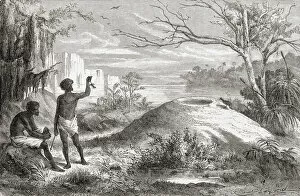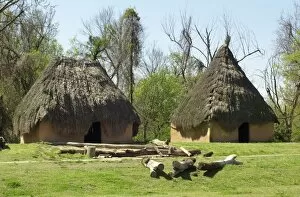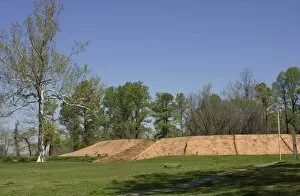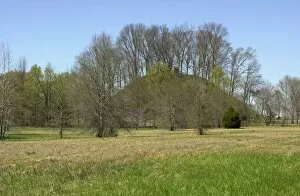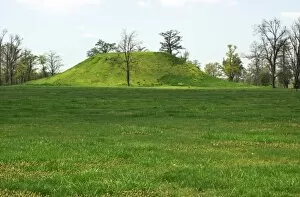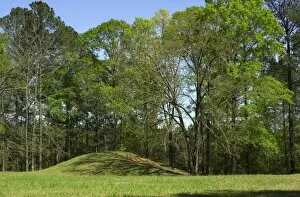Mound Builders Collection
The ancient artistry of the mound builders comes to life in Tennessee, where Native American corn grinding tools tell a tale of ingenuity and resourcefulness
All Professionally Made to Order for Quick Shipping
The ancient artistry of the mound builders comes to life in Tennessee, where Native American corn grinding tools tell a tale of ingenuity and resourcefulness. These tools were essential for processing maize, a staple crop that sustained communities for generations. Meanwhile, on the other side of the world, Native Maoris inspect the nests of the mound building Megapodius, also known as scrubfowl. This fascinating bird constructs massive mounds made from leaves and soil to incubate its eggs. The intricate architecture showcases nature's remarkable engineering skills. In Australia's Queensland region, we witness the impressive agility of the Australian Brushturkey. With wings spread wide and feathers glistening under sunlight, this male brushturkey dashes across its habitat with grace and purpose. Its presence adds vibrancy to an already diverse ecosystem. As we explore these captivating images captured by NATI2D-00285, NATI2D-00288, NATI2D-00280, NATI2D-00283, and NATI2D-00279; we are reminded of humanity's connection with nature throughout time. Whether it be through ancient civilizations or modern-day wildlife encounters like those with juvenile Australian Brushturkeys in Queensland; our fascination with nature's wonders remains unchanged. These glimpses into different cultures and ecosystems serve as reminders that there is so much more to discover about our planet's rich history and biodiversity. Let us continue to appreciate both past traditions like those left behind by mound builders in Tennessee and present marvels such as Australia's unique avian species. Through exploration and understanding, we can better comprehend our place within this infinitely great universe while cherishing even its infinitely little inhabitants like the Megapodius or Alectura lathami - creatures whose existence enriches our lives immeasurably.


